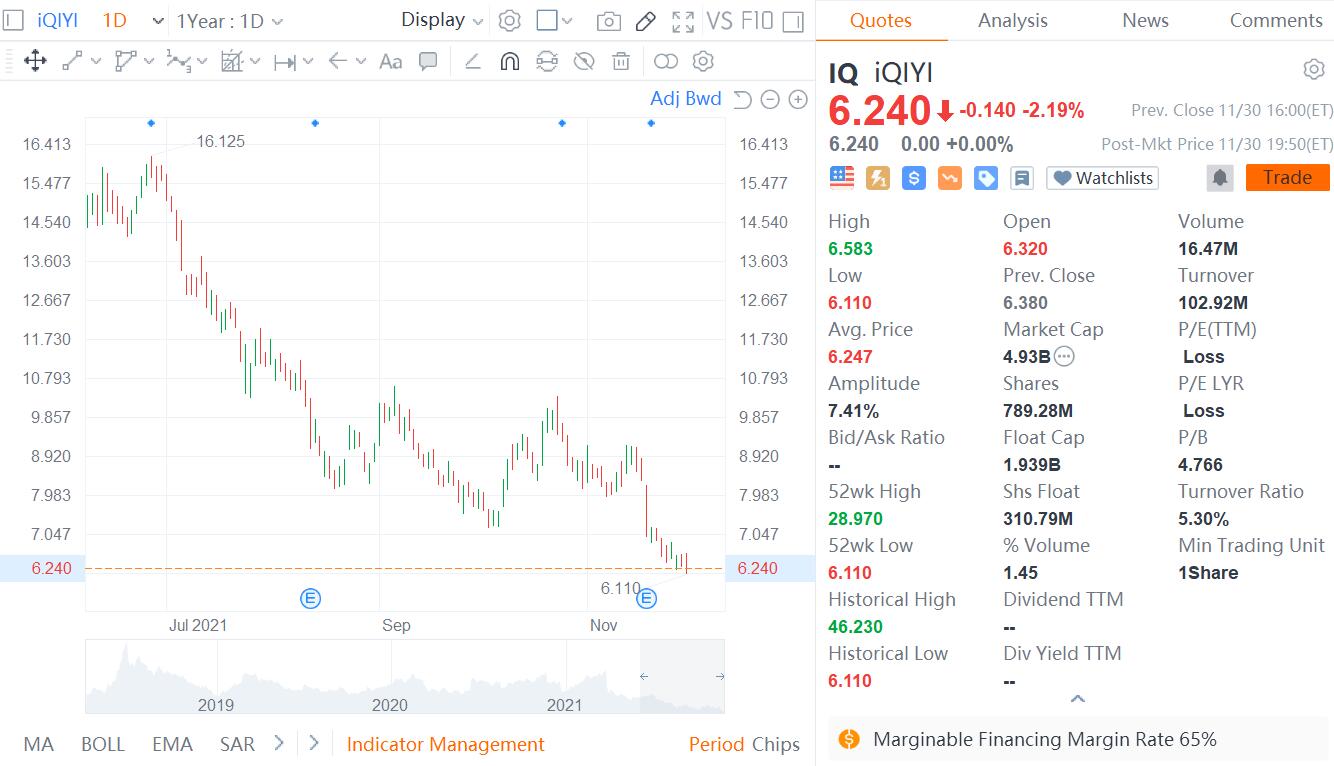
With the worldwide outbreak of coronavirus, more and more facts show that many patients with new coronavirus pneumonia are asymptomatic or have only mild symptoms, but they can transmit the virus to others.
Now, scientific teams around the world are trying to solve this important epidemiological problem-what percentage of infected people belong to patients who are contagious with mild or asymptomatic patients.
A preliminary detailed estimate of these recessive cases suggests that they may account for about 60% of all infected cases.
Many scientists suspect that there is an undiscovered hidden case base, because more and more infected people do not have a history of close contact with confirmed cases, nor have they been to the outbreak.
The severity of this phenomenon and its role in the spread of the virus are that most mild patients are not yet at the point of seeking medical assistance because they have mild symptoms and may also avoid screening methods such as temperature testing. Still elusive.
On March 20, 2020, the academic journal Nature published a report titled: Covert coronavirus infections could be seeding new outbreaks, stating that 30% -60% of people with new coronavirus infection are asymptomatic or have mild symptoms, but their ability to spread the virus It's not low. These people with hidden infections may trigger a new outbreak.
"Understanding the proportion of asymptomatic or mild patients is important for us to understand what is causing this particular epidemic," said Michael Osterholm, director of the Center for Infectious Disease Research and Policy at the University of Minnesota.
This is different from a research team trying to understand the number of unreported cases, which were missed due to insufficient tests by the authorities, or "preclinical cases" that carried the virus but did not show symptoms.
To assess the level of cryptic infection, a team of researchers in China and the United States developed a model that uses clinical data from 26,000 laboratory-confirmed cases received by the Wuhan Municipal Health Commission in Hubei Province, China.
Undetected case
A study published in the medical preprint medRxiv on March 6 pointed out that as of February 18, 37,400 people in Wuhan had been infected with the new coronavirus, but the authorities were unaware.
According to the authors, most of these unreported cases occurred in people with mild or asymptomatic symptoms, but still infectious.
Professor Huanchun Chun, dean of the School of Public Health of Huazhong University of Science and Technology, is the head of this study. According to our most conservative estimate, at least 59% of infected people have not been tested and may infect others.
This may explain why the virus spread so fast.
Adam Kucharski, a disease modeling expert at the London School of Hygiene and Tropical Medicine, said the findings are in line with estimates from several other studies based on much smaller data sets.
The model assumes that everyone in the community has the same contact opportunities as others.
Gerardo Chowell, an epidemiologist at Georgia State University, believes that a person actually has greater contact with family, friends, and colleagues, so this model may overestimate transmission rates and exaggerate the number of infections in asymptomatic patients. However, The result is roughly correct.
Growing evidence
Another study investigated 565 Japanese citizens evacuated from Wuhan in early February and repeatedly tested and monitored for viruses and symptoms.
In a paper published in the International Journal of Infectious Diseases on March 13, a Japanese team reported that 13 of the 565 evacuees were infected, 4 of whom (31%) had never developed symptoms.
However, the best evidence for asymptomatic cases may come from the Diamond Princess cruise ship, which had an outbreak of new coronavirus pneumonia in the Japanese waters in early February.
Subsequently, the cruise ship was isolated, and 3,711 passengers and crew on the cruise ship were repeatedly tested and closely monitored.
On March 12, a modelling study published by epidemiologist Gerardo Chowell of the University of Georgia at Eurosurveillance showed that about 18% of the approximately 700 infected people on the Diamond Princess cruise ship had never developed symptoms.
However, it should be noted that most of the 700 patients on the Diamond Princess cruise ship are elderly, and the elderly are often in poor condition after being infected with the new coronavirus.
Therefore, the proportion of asymptomatic infections in the general population may be closer to the 31% reported by the Japanese research team.
Considering the results of several studies, Gerardo Chowell believes that asymptomatic or mild cases account for about 40-50% of all infected people.
Spread of the virus
But can mild or asymptomatic people infect others?
A German research team published a study in medical preprint medRxiv on March 8th that showed that some patients with new-type coronavirus pneumonia had higher levels of virus in laryngeal swabs at an early stage, that is, when symptoms were milder.
Researchers say this means that the virus is easily released by coughing or sneezing, a process known as shedding the virus and spreading it to others.
In addition, an article published by the Guangdong Provincial Center for Disease Control and Prevention in the New England Medical Journal NEJM on March 19 showed that patients with new coronavirus pneumonia detected a high viral load shortly after onset, and one infected person never showed symptoms. But he released as much virus as the symptomatic patients.
This study is the first detailed analysis of the extent of virus shedding at different stages of the novel coronavirus pneumonia. These data confirm the guesses of many scientists: Some infected people are "highly contagious when mild or asymptomatic." However, the specific severity is still unknown.
A Shanghai Children's Medical Center study of more than 700 infected children across the country found that 56% of children had mild or asymptomatic conditions.
Many scientists worry that this could lead to an underestimation of children's susceptibility to the new coronavirus.
Researchers say that if these findings hold, urgent measures will be needed to control mild and asymptomatic cases that fuel the pandemic.
Closing schools, cancelling public gatherings, keeping people at home and away from public places, these powerful social isolation measures are the only way to prevent the spread of these asymptomatic cases.
The epidemic of the new type of coronavirus pneumonia in China was quickly controlled, thanks in large part to effective quarantine measures, allowing many asymptomatic patients to heal themselves through quarantine, thereby greatly reducing further virus transmission.
The rapid outbreak in Europe, the center of the current epidemic, is largely due to the lack of isolation or even wearing a mask, which has greatly increased the spread of asymptomatic patients.
These studies indicate that the proportion of asymptomatic patients with new-type coronavirus pneumonia is likely to be higher than we think and may even be as high as 60%. Therefore, we cannot relax at this stage, we must continue to wear masks, and we need to go less in public places.
Special Report: Fighting The New Coronavirus









